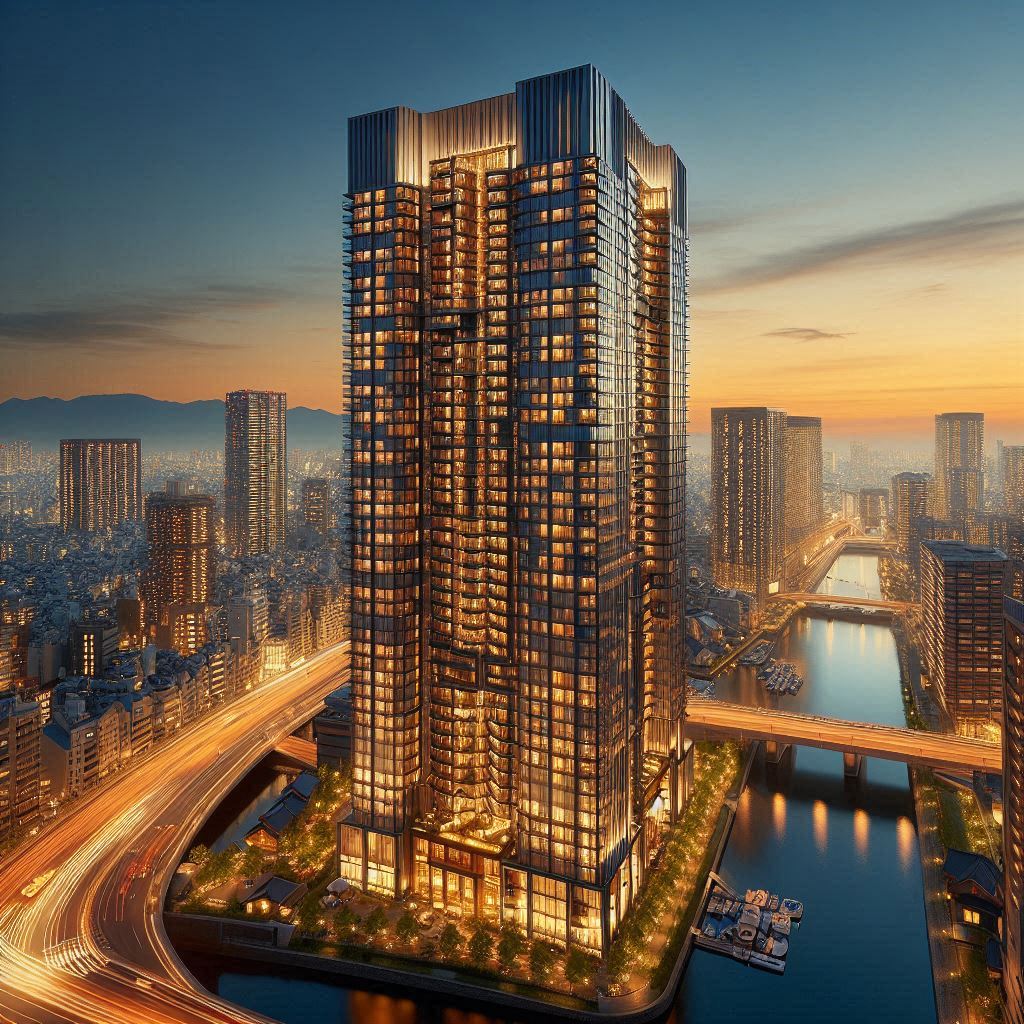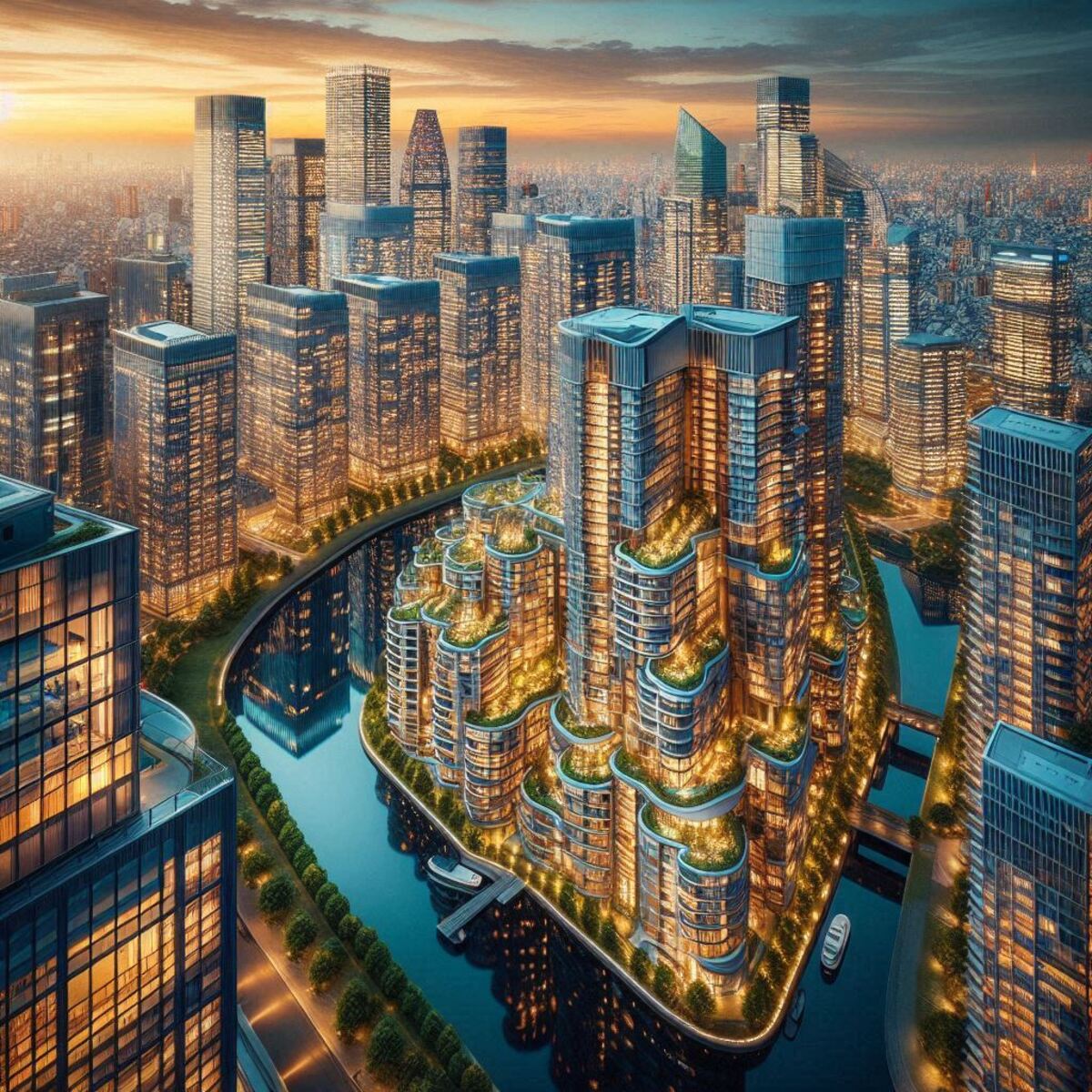When people hear “luxury condominium,” many assume strong asset value but modest yield. Indeed, by surface return alone, Japan’s high-end properties may not appear to be high-dividend investments.
However, when evaluated through a broader lens—including annual yield, asset stability, liquidity, and tax efficiency—Japan’s luxury condominiums emerge as one of the most stable, medium- to long-term assets quietly favored by global wealthy people.
This article goes beyond yield metrics to uncover the true strength of luxury condominium investment in Japan.
■ A 2–4% Gross Yield Is the Reality for Luxury Properties In Central Tokyo
As of 2024, luxury condominiums in Tokyo’s central wards—particularly Minato, Shibuya, and Chiyoda—are generally expected to deliver gross rental yields in the range of 2% to 4%.
For example, a property with the following profile:
- Less than 10 years old
- Approximately 70 sqm
- Within a 5-minute walk of a major train station
May yield the following investment scenario:
- Purchase Price: ¥120 million
- Monthly Rent: ¥350,000
- Annual Rental Income: ¥4.2 million
- Gross Yield: Approximately 3.5%
Naturally, after factoring in property taxes, maintenance fees, and potential vacancy, the net yield typically settles around 2.5% to 3%.
However, considering the prestige, resilience, and liquidity of owning a property in one of Tokyo’s most coveted central locations, it remains an exceptionally well-balanced investment asset.

■ The Enduring Appeal Beyond Yield: Why Investors Continue to Hold
Japan’s luxury condominiums are favored by high-net-worth individuals not because they offer the highest returns, but because they deliver something far more valuable: stability and trust. For example, the following three attributes represent key advantages unique to Japan’s luxury properties:
- Low Vacancy Rates: Centrally located, modern properties near train stations attract consistent demand—from corporate relocations and international students to expatriates—resulting in quick and reliable tenant turnover.。
- Resilient Asset Value: Prime locations are limited in supply and less susceptible to economic fluctuations.
- Strong Resale Liquidity: With ongoing international demand, these properties offer a clear and viable “exit” strategy, including resale to foreign investors.
In other words, for long-term-oriented high-net-worth investors, the true appeal lies not in chasing short-term yields, but in the ability to hold an asset grounded in enduring, unwavering value.
■ The Balanced Asset Class Preferred by Wealthy Investors
Globally, the wealthy tend to favor “mid-risk, mid-return” investment profiles.
- Equity markets are volatile
- Bank deposits offer little protection against inflation
- Cryptocurrencies remain speculative and lack consistent credibility
In contrast, Japan’s luxury condominiums are increasingly viewed as balanced assets that combine currency risk hedging, end-user demand, and long-term stability. Investors are turning to these properties for diverse strategic purposes, such as:
This reflects a uniquely Japanese investment model—one where the value extends far beyond yield, offering a blend of practicality, legacy planning, and capital preservation.
- Purchasing a property to accommodate a child while attending university in Japan, then leasing it out as a rental during periods of non-occupancy.
- Holding the property through a Japanese corporation to optimize estate planning and corporate tax advantages
- Establishing a second home or future retirement base that can also generate rental income
These represent a uniquely Japanese investment approach—one that delivers value far beyond simple yield metrics.
■ A Successful Practice
In 2018, a Singapore-based investor acquired a recently built 2-bedroom luxury tower condominium in Tokyo’s Minato Ward for ¥100 million. The unit has been consistently rented out at ¥3 million annually, with zero vacancy until now, delivering a steady yield of approximately 3%.
The property’s market value has risen to ¥140 million, resulting in a highly favorable investment profile—capital appreciation plus stable rental income.
This dual-benefit model—where the asset gains value over time while simultaneously generating annual income—is exceptionally rare on a global scale.

■ From a Showpiece Asset to a Fortress Asset
For the truly affluent, enduring wealth isn’t defined by flashy yields—but by quiet, unshakable stability. Investing in Japan’s luxury condominiums offers a proven model for achieving exactly that.
- Resilient capital value
- Consistent rental income
- Strong liquidity and viable resale strategies
- Preferential tax structure
A truly exceptional asset, it is built to preserve wealth and quietly grow it over time.




